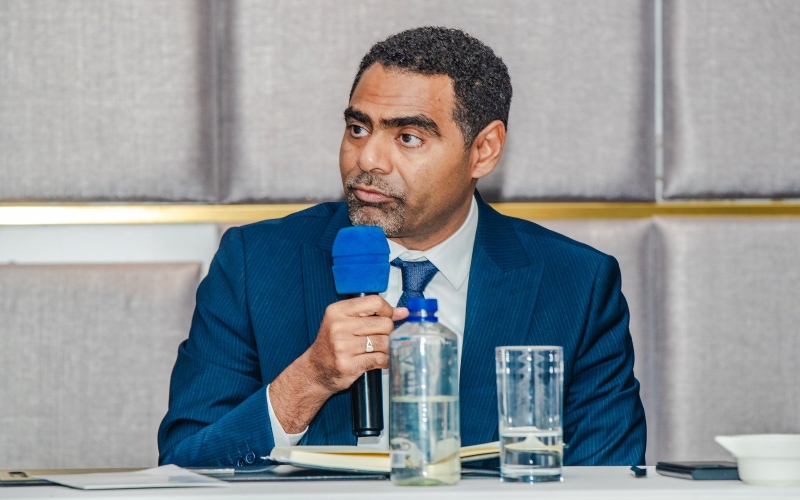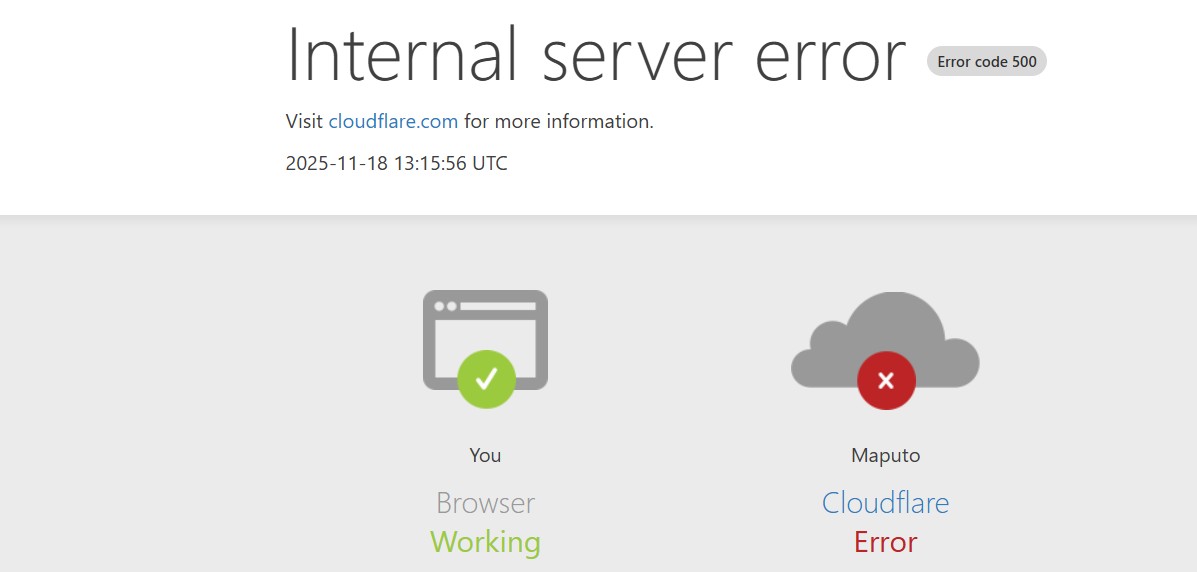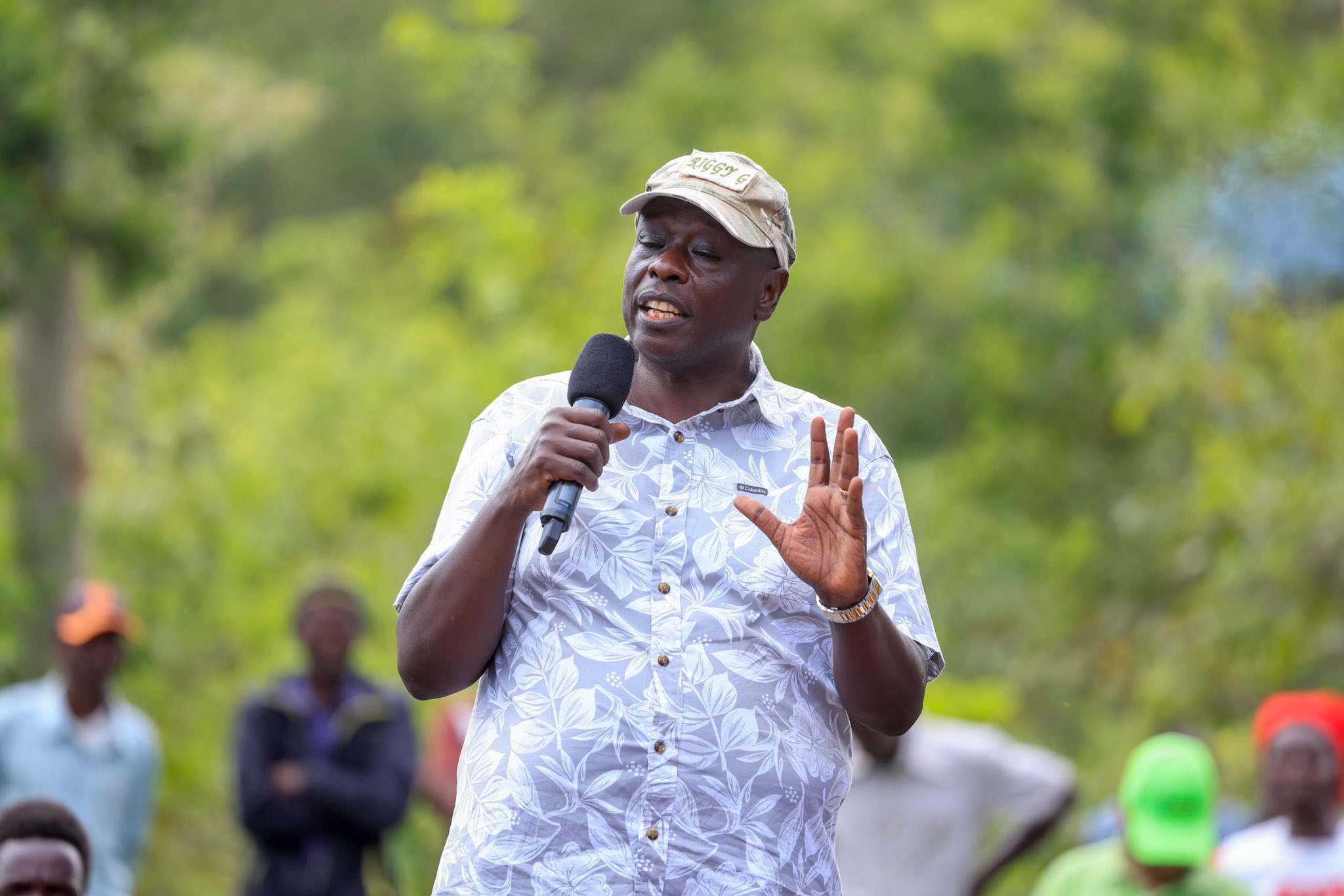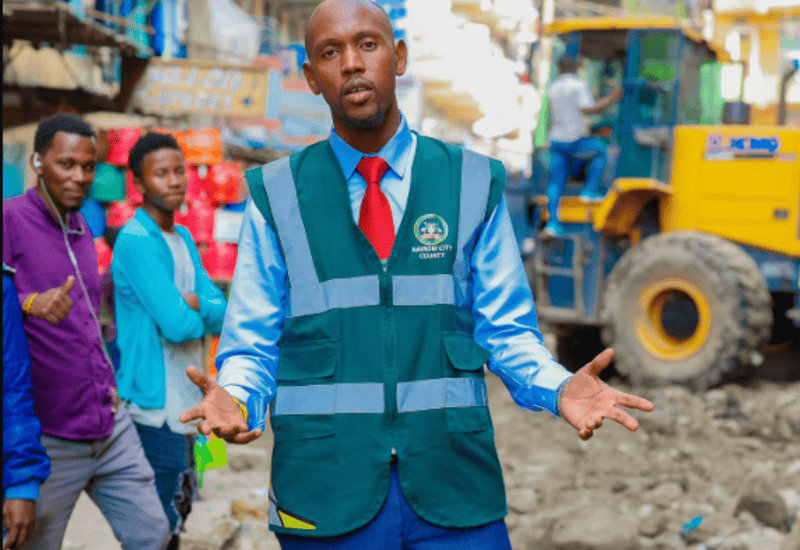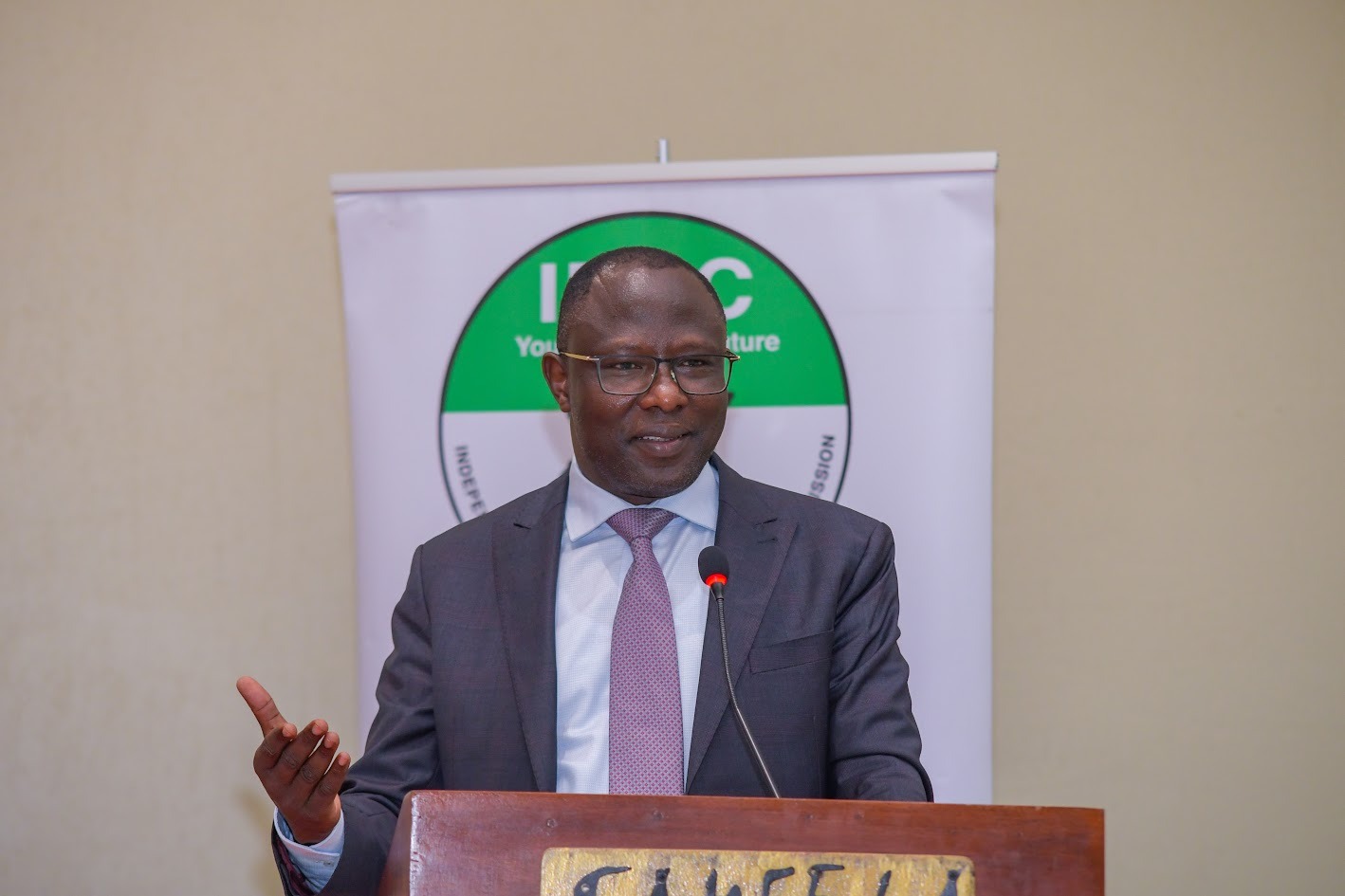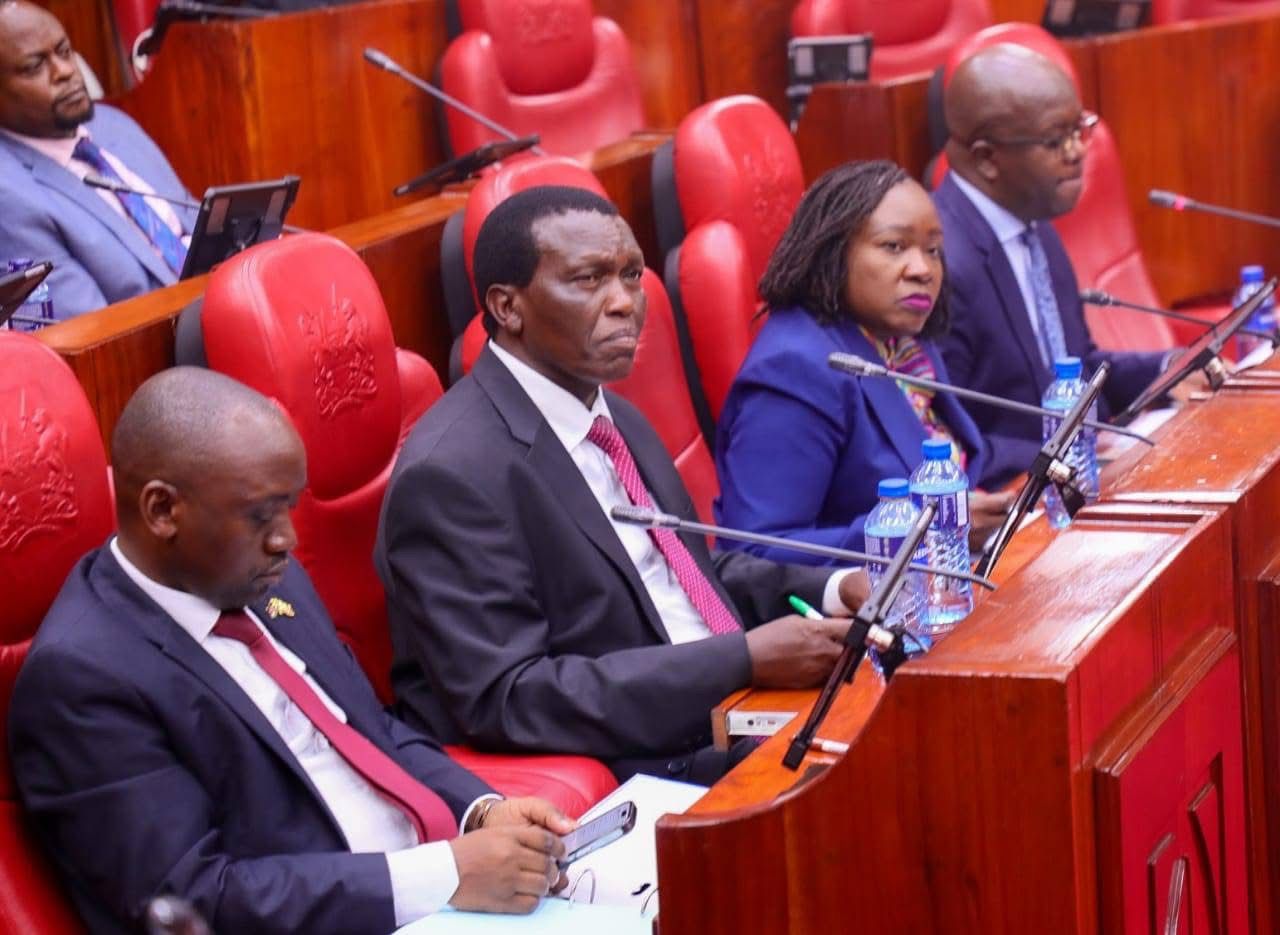Growing health crisis among Kenya’s elderly: Costs, care and insurance coverage
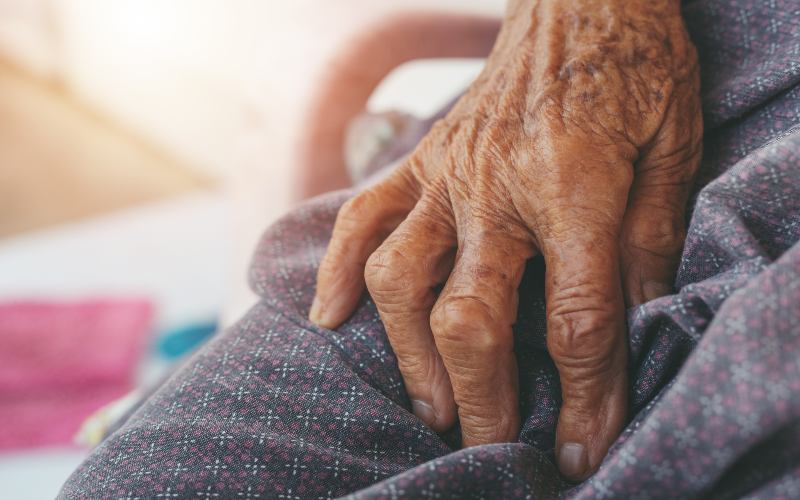
Kenya’s ageing population faces growing risks from non-communicable diseases (NCDs) such as hypertension, diabetes, and cancer, as reported in the 2022 Kenya Demographic and Health Survey.
By 2050, 80 per cent of the world’s older population will live in low and middle-income countries, according to the World Health Organisation (WHO).
This demographic shift presents major challenges to health and social systems worldwide. The global population is ageing rapidly; in 2020, for the first time, the number of people aged 60 and above exceeded the number of children under five.
More To Read
- Senate Committee moves to ban detention of patients, bodies over unpaid medical bills
- Violence is a normal part of life for many young children: Study traces the mental health impacts
- Ruto targets faster healthcare access with KEMSA direct medicine deliveries to hospitals
- Ethiopia confirms Marburg virus disease outbreak, nine cases reported so far
- Why gestational diabetes is no longer a temporary pregnancy problem
- WHO issues first global guidelines on diabetes in pregnancy
By 2030, one in six people will be aged 60 or older, with this group rising from 1 billion in 2020 to 1.4 billion. By 2050, the number will double to 2.1 billion, including 426 million aged 80 and above.
While ageing initially affected high-income countries like Japan, where over 30 per cent of the population is 60 or older, low and middle-income countries are now experiencing the fastest growth in their elderly populations.
Age discrimination remains a major barrier to equitable healthcare for older adults. Kenya’s healthcare system faces significant challenges, especially following recent Social Health Authority (SHA) reforms.
One year after implementation, service disruptions persist. Maternal health services have been affected, with some women detained after childbirth due to their inability to pay under the SHA system. Cancer patients face difficulties securing treatment approvals, and some hospitals have suspended essential services.
Additionally, ongoing strikes and delays in multiple counties disproportionately harm vulnerable groups, including the elderly. These issues highlight the urgent need for healthcare system stability and improvement to protect at-risk populations.
According to the World Bank, approximately 3.2 million Kenyans are aged 60 and above, marking a notable demographic shift. However, the healthcare system remains poorly tailored to this group’s specific needs.
Speaking at the 2025 Regional Health Promotion Conference (RHPC), Titus Abworo, the CEO and founder of the Ageing Concern Foundation, warned that discriminatory healthcare financing structures exclude older adults, blocking progress toward Universal Health Coverage (UHC).
WHO reports that unmet health needs for older adults exceed 50 per cent in several countries. Low health insurance coverage pushes millions into poverty annually due to high out-of-pocket costs.
SHA, in partnership with county governments, plays a key role in providing healthcare to indigent populations under UHC. Murang’a County, for example, has made progress: in December 2024, it signed a deal with SHA to provide health coverage to 31,416 vulnerable households through the Kang’ataCare Health Program.
Launched in January 2025, this initiative offers services including inpatient and outpatient care, dental, optical, chronic disease management, maternity, and emergency care.
Despite such efforts, many counties have yet to adopt similar programs. The elderly mainly rely on primary healthcare facilities due to limited mobility. Unfortunately, these facilities often face underfunding, medication shortages, and a lack of diagnostic equipment, increasing health risks. Many elderly patients must travel long distances to referral hospitals, leading to delayed or missed care.
Though primary healthcare at levels 1, 2, and 3 is free after SHA registration, most cannot afford the associated payments. Furthermore, the lack of clear indigent funding in many counties leaves many vulnerable without adequate healthcare access.
Common health threats to Kenyan older adults include hypertension, a leading cause of heart disease and stroke, often requiring life-long medication and monitoring; diabetes, which can cause severe complications such as kidney failure and blindness; cancer, including prostate, breast, and cervical forms, requiring costly treatments like surgery and chemotherapy; and chronic respiratory diseases often linked to smoking or pollution, requiring ongoing medication.
Other prevalent conditions are arthritis and osteoporosis, causing pain and mobility challenges, and infectious diseases like tuberculosis and HIV/AIDS, which worsen with age due to weakened immunity. Stroke and cardiovascular diseases remain the leading causes of disability, requiring acute care and rehabilitation.
Treatment costs vary widely. Hypertension and diabetes management range from Sh2,000 to Sh5,000 per month, depending on medication and hospital visits. Cancer treatment can run into hundreds of thousands of shillings, with chemotherapy cycles costing Sh100,000 to over Sh500,000 each.
Chronic respiratory disease management costs between Sh3,000 and Sh7,000 monthly; arthritis and osteoporosis treatments cost between Sh2,000 and Sh10,000. Infectious disease treatments like tuberculosis (TB) and HIV are free in public facilities, but complications may incur extra costs. Stroke care is expensive, with hospital stays starting at Sh50,000 plus ongoing medication and rehabilitation costs.
These high costs, coupled with limited health insurance and under-resourced facilities, make healthcare inaccessible for many elderly Kenyans, resulting in poor outcomes and financial hardship for individuals and families.
Kenya’s ageing population faces growing risks from non-communicable diseases (NCDs) such as hypertension, diabetes, and cancer, as reported in the 2022 Kenya Demographic and Health Survey (KDHS).
Chronic conditions are rising sharply, with more people reporting long-term health issues. The World Bank's report on "Unlocking the Power of Healthy Longevity" highlights that NCDs cause over 70 per cent of deaths in low- and middle-income countries, including Kenya.
Managing chronic diseases often requires continuous medical care, which is financially burdensome. The 2022 KDHS survey shows that only one in four Kenyans has health insurance, with coverage higher in urban areas (40 per cent) than rural ones.
Recognising these challenges, the World Bank approved a $215 million (Sh27.8 billion) grant in March 2024 to strengthen Kenya’s primary healthcare and institutional capacity. This aims to improve service quality and uptake, especially for women, children, and refugees in underserved areas.
Top Stories Today
